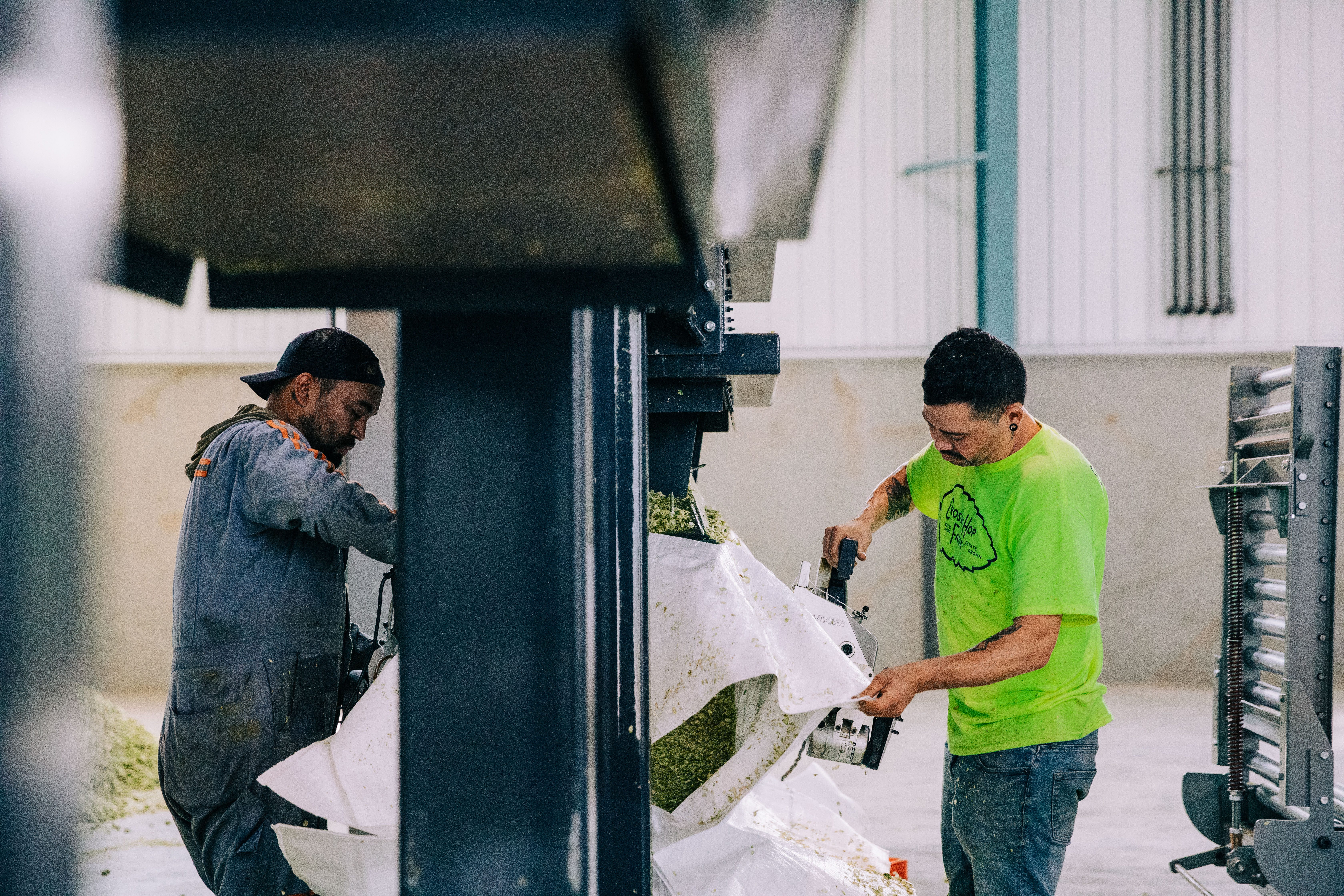Liberty Building, 32 N 3rd St - Suite 408
Yakima, WA 98901
Pro Tips
Really love a particular hop? Look for more of the same harvest lot from your merchant. With oxygen-free storage and pellets packaged in mylar, using those lots lends more consistency than seeking out the newest year’s harvest.
Schedule strategically. If you have hops that you don’t want to re-seal or lose any pungency, consider brewing two different recipes back-to-back that utilize the hop you are trying to get the most out of.

